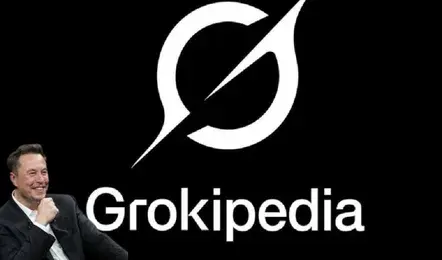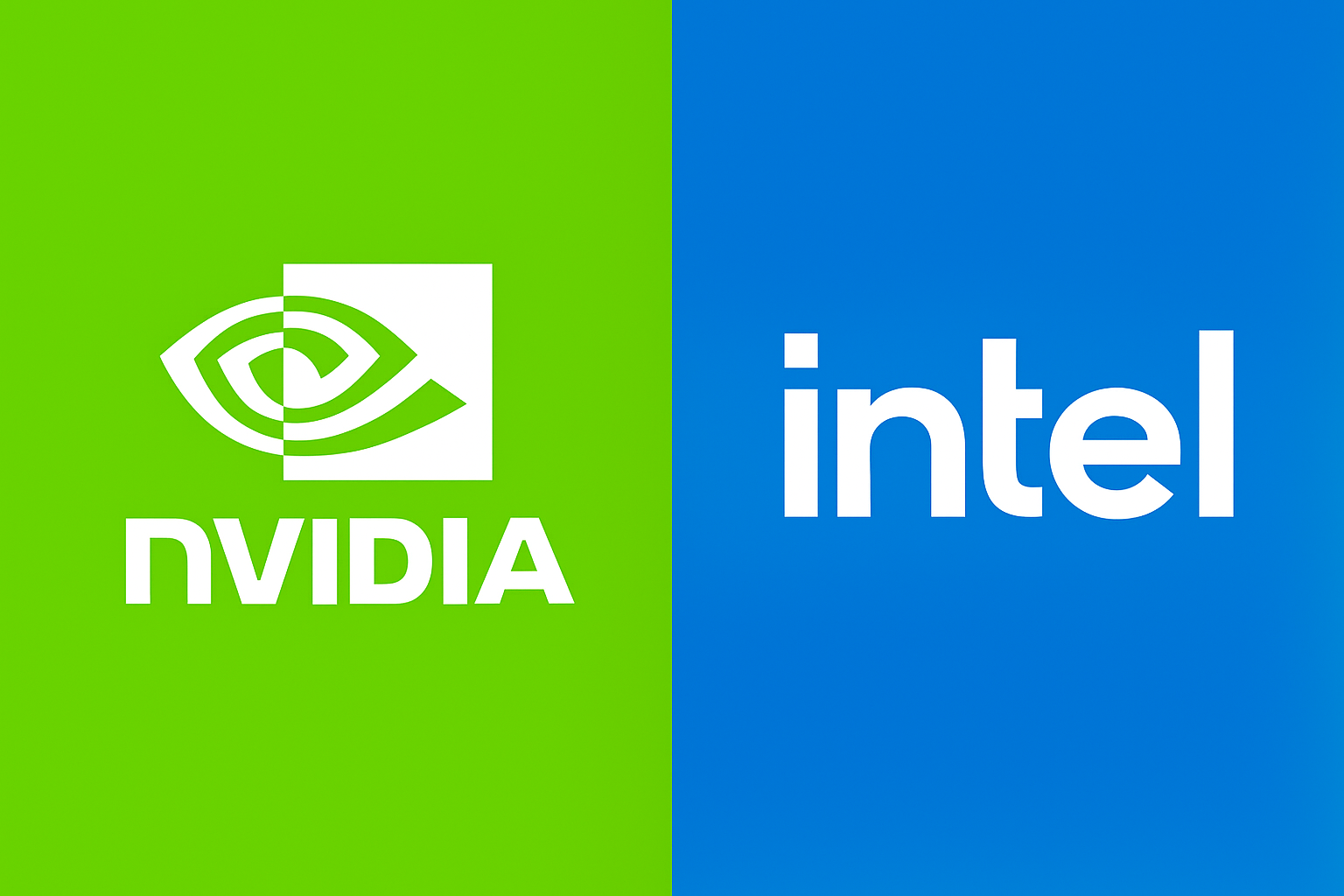This bold 1:1 funding-to-valuation ratio signals aggressive growth expectations, and investors are betting that Micro1’s modular, AI-powered infrastructure tools will become essential in the age of automation.
Table of contents [Show]
What is Micro1?
Micro1 helps startups and enterprises build and deploy software faster by offering pre-trained, customizable AI models that:
- Write, test, and optimize code
- Automate bug fixes and patches
- Integrate securely with GitHub and major dev stacks
In essence, it’s trying to become the “AI-powered backend” for the next generation of digital products.
Who’s Backing It?
- Sequoia Capital
- Andreessen Horowitz
- Nvidia Ventures
- Founders Fund
This funding round was led by Sequoia, with participation from notable angel investors including ex-Stripe CTO Claire Hughes Johnson and former Meta AI lead Jerome Pesenti.
What’s the Vision?
CEO and co-founder Ali Rahimi (formerly of Google Brain) says Micro1 is on a mission to compress software development cycles from months to minutes. The company is building out its flagship product, “MicroStack,” which combines automated devops, low-code AI assistance, and scalable infrastructure as a service.
The tools are aimed squarely at:
- Startups needing to scale quickly
- Enterprises dealing with legacy code
- Remote teams building globally
Why It Matters
This raise puts Micro1 on the map alongside other AI-native infra startups like Replit, Modal, and Anthropic’s tooling division. It also reflects a trend of huge capital inflows into developer-first AI platforms, even as the broader VC landscape remains cautious.
The next billion-dollar dev tools company will be AI-native, said Sequoia partner Jenny Lee. Micro1 has the team and tech to lead that charge.
What's Next?
Micro1 plans to:
- Double its engineering team
- Launch an enterprise version of MicroStack in Q4 2025
- Expand its developer community with global hackathons and AI builder credits
The startup is currently in private beta, with full public launch expected in early 2026.
Cortex Hub Verdict
Micro1 is swinging big. With half a billion in hand and a product aimed at supercharging developers, this could be one of the defining bets of the post-LLM wave.








